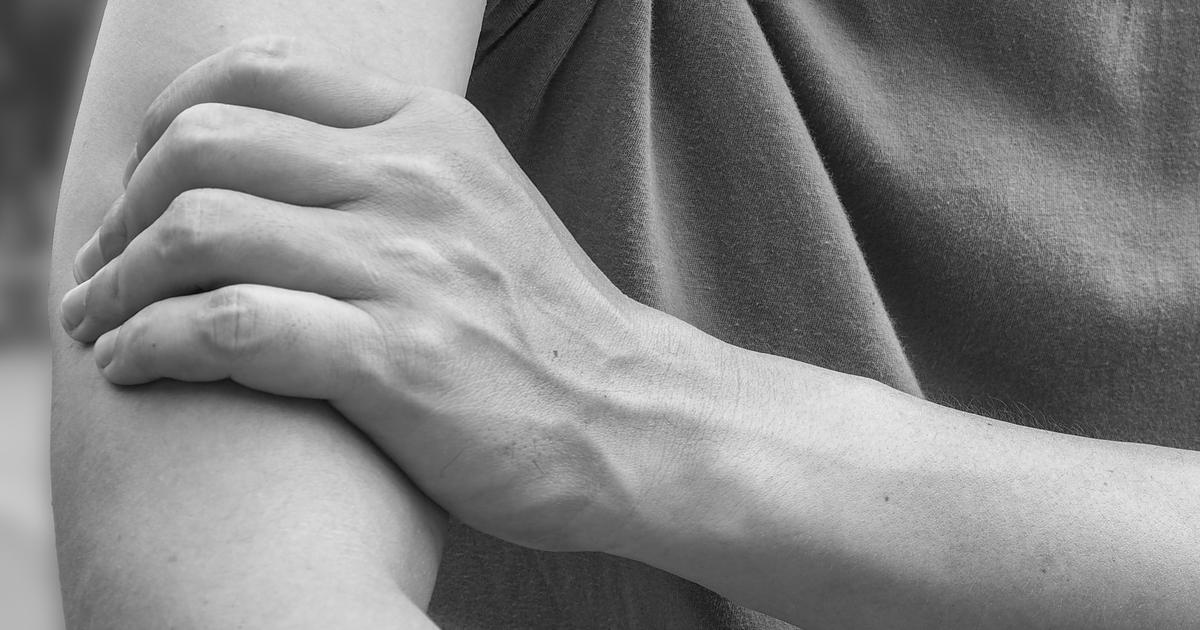20 Symptoms of Endocarditis to Look Out For
Endocarditis might not be a term you hear every day, but recognizing its warning signs could save a life—possibly your own. This serious infection targets the endocardium, the delicate inner lining of the heart chambers and valves. When harmful bacteria or fungi enter the bloodstream—often through dental procedures, body piercings, IV drug use, or even untreated skin sores—they can latch onto damaged heart tissue and trigger dangerous inflammation. Left unchecked, endocarditis can lead to irreversible heart valve damage, stroke, or even death. Because the symptoms can be subtle or mimic less serious conditions, early detection is crucial. Diagnosis typically involves a combination of blood tests, imaging (like CT scans or echocardiograms), and electrocardiograms. To help you stay informed and vigilant, we’ve expanded our guide to include 20 symptoms of endocarditis you shouldn’t ignore. Knowing what to look for could make all the difference—because when it comes to heart health, timing is everything.
1. Muscle And Joint Aches

Over forty percent of endocarditis patients experience muscle and joint aches. Joint aches that result from endocarditis typically only affect one to three joints. This joint and muscle pain also manifests in a pattern that is not symmetrical. The pain complaints in such individuals are said to be similar to those observed in individuals affected by rheumatoid arthritis, Lyme disease, and Reiter's syndrome. This symptom occurs when the endocarditis causing pathogen mobilizes and attacks the synovial membranes and fluids of the joints. The pathogen colonizes in the synovial fluid that sits between the joints and summons an immunological response. This mechanism causes blood vessel dilation, redness, swelling, and inflammation in the affected joints. When the synovial fluid becomes inflamed, the affected individual will experience sensations of pain because it cannot provide lubrication and protection to the bones. Joint and muscle pain are most commonly reported in endocarditis patients in their shoulders, knees, and back. In many patients, muscle and joint pain can be the first symptomatic manifestation of endocarditis. These pains can show up months before other symptoms, causing many physicians to overlook endocarditis as the underlying cause.
2. Night Sweats

An individual who experiences night sweats may be affected by endocarditis. The medical definition of night sweats is a drenching sweat that prompts the affected individual to change their pajamas and sheets several times per week. Night sweats occur as an adverse effect of numerous different types of infections, including endocarditis. An affected individual's immune system responds to the infection-causing pathogen in several ways. One way is to prompt the brain to adjust the body's internal thermostat to a higher baseline temperature. This mechanism is meant to make the environment inhospitable for the pathogen causing endocarditis or any other infection. However, the body makes sure the high temperature does not become too high due to the serious consequences and damage an extremely high fever causes. When a patient with an infection has a fever that is becoming too high, the body initiates its cooling mechanism called sweating. This process involves the release of salt and water from the skin through the sweat glands. As the water dampens the skin, it is evaporated into the air. Heat accompanies the water evaporated from the skin, lowering the body's core temperature. These temperature fluctuations may occur several times during the night from endocarditis.
